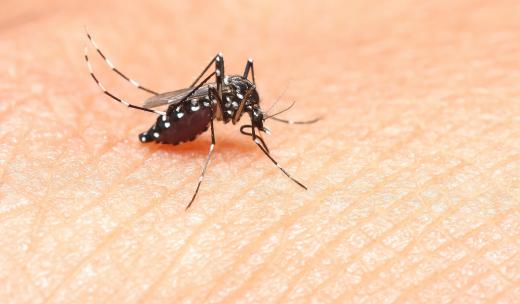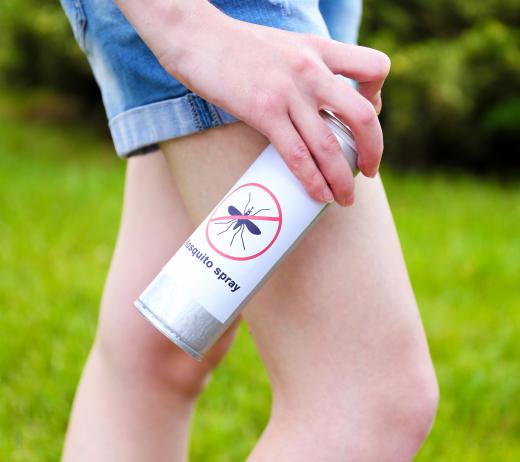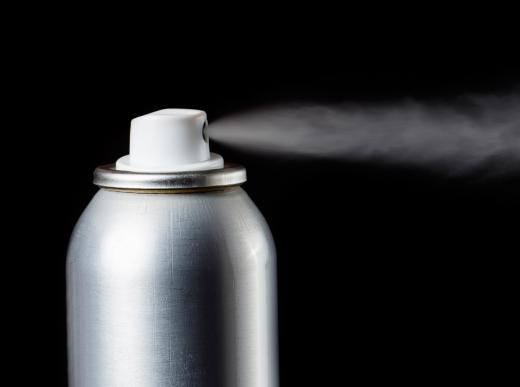What are Aerosols?
Aerosols are cans that hold a liquid under significant pressure along with something else to keep the pressure equalized. Some sort of valve on the can allows an amount of the liquid to be released as a mist. All sorts of things are dispersed as aerosols, ranging from spray paints to insect repellents to cleaning agents. The first widely used aerosol was utilized during World War II by American soldiers as a way of easily spraying on mosquito repellent to protect themselves from the all-pervasive bugs in the Pacific arena. After the war, the mechanism was adopted by an incredible number of products, and aerosol cans quickly became a staple of the Western consumer.
Until the late 1980s, some of the most common agents used to keep the liquid in a state of equilibrium inside the can belonged to a class known as chlorofluorocarbons (CFCs). Eventually, it became apparent that these CFCs, at use not only in aerosols but also in refrigerators and many cleaners, were having incredible detrimental effects on the planet’s protective ozone layer. As a result, in 1989, the Montreal Protocol put an end to the widespread use of CFCs, and since then, they are essentially never used as the propellant in aerosols.

Replacement propellants for aerosols, such as propane and isobutene, are much less environmentally destructive than CFCs. Unfortunately, they are highly flammable, and so pose something of a safety risk, though most people consider this negligible. Propellants such as butanes and propane also have the disadvantage of being highly toxic if ingested by humans, rendering them unsuitable for use in aerosols that dispense food products. As a result, most foods that come in aerosols – such as whipped cream – use nitrous oxide as their propellant.

Aerosols still have something of a stigma attached to them as a result of their prior use of CFCs, but in many cases, they are a fairly environmentally conscious form of dispensing a product. Often, a great deal of product can be stored under pressure in a relatively small container. The cans used in most major aerosols are also recyclable, and thousands of recycling centers throughout the United States take them.

Although aerosols can breach if subjected to intense heats or punctured, there is rarely any danger associated with this. While many people think of aerosols as being under very high pressures, in fact, one of the major points of aerosols is to be able to store pressurized liquid at relatively low pressures. The use of propellant as an equilibrium ensures that the pressure in an aerosol can is never so great that it poses a significant risk of injury if broken open.
AS FEATURED ON:
AS FEATURED ON:














Discussion Comments
What's the product used at store checkout as a disinfectant?
Post your comments